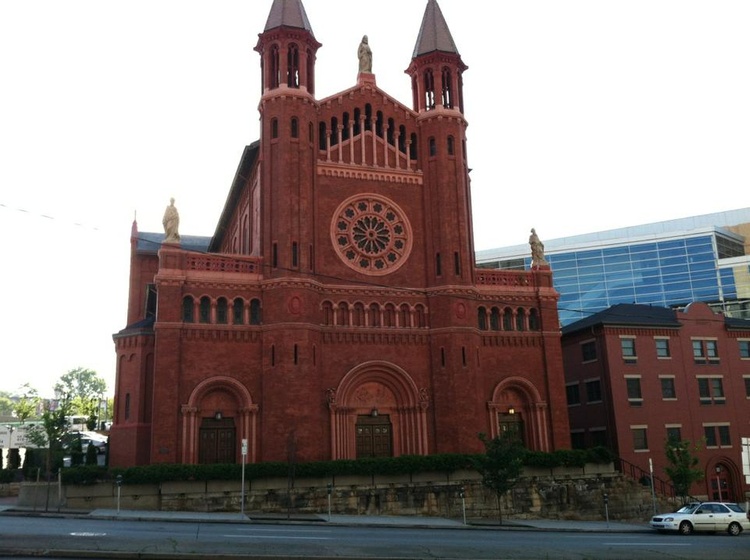PITTSBURGH, Pennsylvania—When I heard that I would be working in Pittsburgh this summer, I expected factories. My conception of the city as a dreary place was reinforced by friends: “Pittsburgh? Eww..” I soon found that these assumptions were wildly inaccurate. Instead of smokestacks, I was greeted by neo-medieval architecture and an eccentric cultural atmosphere.
On my way to work, I pass by the towering red brick Epiphany Catholic Church, which lies on the outskirts of the downtown area. Inside, beautiful stained glass windows soar over the main hall, reflecting rainbow colors across the pews and altar. As I turn the corner, I walk beneath a replica of the Venetian “Bridge of Sighs” linking the county courthouse to a quaint stone prison. Some businesses even add turrets to their office buildings, blurring the borders between the municipal and commercial parts of Pittsburgh.
When I get lunch at noon, bands play jazz and cover Jackson 5 songs outside. Locals crowd around a book exchange while humming along to “I Want You Back.” The streets are populated with public art displays, like “Farley’s Robot Repair Shop,” an homage to 1950s sci-fi aesthetic. Last week, I saw people walking around wearing furry tails and bunny ears. I soon found out that Pittsburgh is home to Anthrocon, the world’s largest convention of “furries.”
Obviously, the city needs a new nickname. “City of Steel” just doesn’t cut it anymore.



